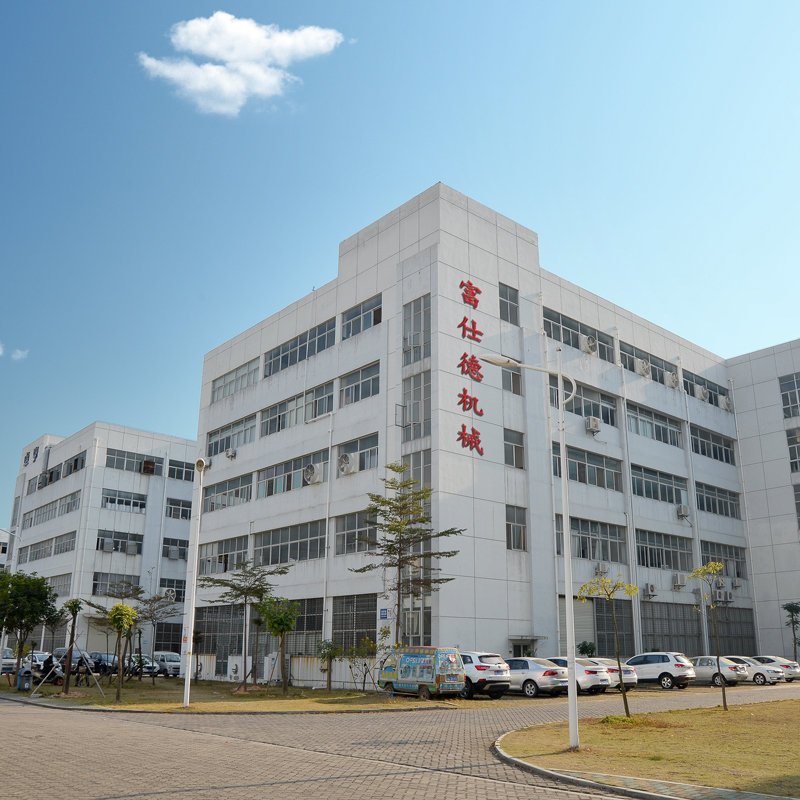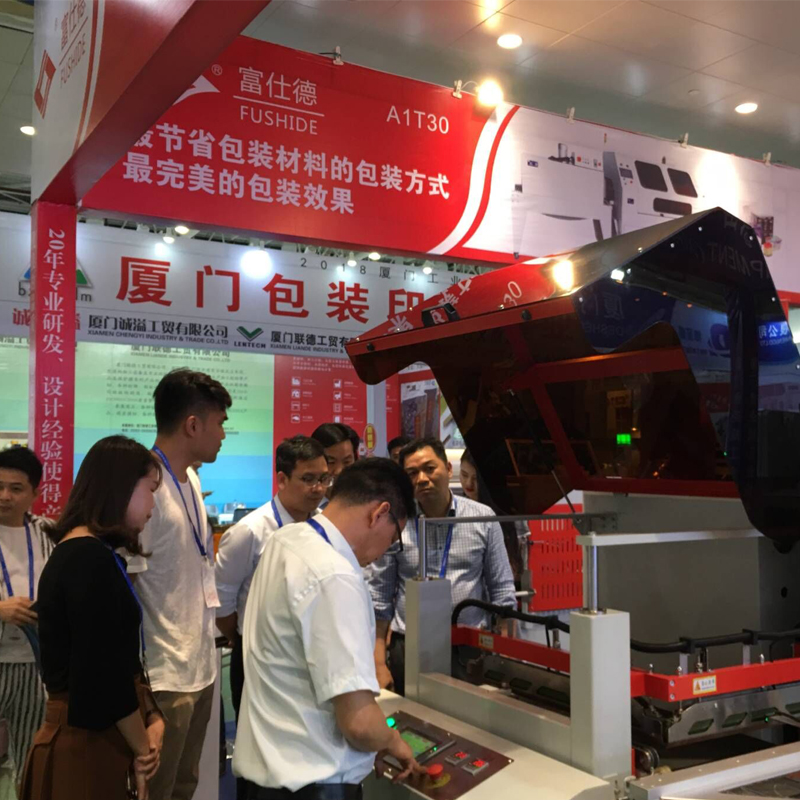News classification>>
Future work: automation, employment and productivity
McKinsey released the "Future Work - Automation, Employment and Productivity" report, which analyzes automation technology and its potential impact:
We live in a new era of automation. Robots and computers can not only perform everyday physical activity, but also become more cognitive, such as making judgments, feelings, and even automated activities that were considered difficult in the past.
Automated activities can promote productivity growth, improve processes and business levels, and promote economic development as a whole, especially for countries with declining populations and the need to accelerate productivity. From a micro perspective, companies use the advantages of automation technology to reduce labor costs and improve performance, thereby benefiting from competition. From a macroeconomic perspective, automation can increase annual productivity growth from 0.8% to 1.4% globally.
The potential impact of automation is to focus on individual activities rather than the entire profession. Currently, less than 5% of careers are fully automated. However, almost every profession has a part of the potential for automation. It is expected that half of the workforce's activities can be automated.
The speed and extent of automation popularization has different effects on workers, and many workers will continue to work with them. Some predictable physical activities will be done by machines, especially manufacturing and retail trade, as well as mobile phones and processing data. Some forms of automation will be used to increase the productivity of highly skilled workers, reducing low-level skills and labor-intensive work needs, such as production line workers. Other automation has varying degrees of impact on intermediate technicians. With the development of technology, low-level mechanics and senior technicians are more susceptible to automation.
The impact of automation will spread across the globe and across industries. Although automation is a global phenomenon, two-thirds of the four economies of China, India, Japan and the United States will be automatically replaced. In these countries, the potential for automation will affect a wide range of industries, for example, industries such as manufacturing and agriculture, including predictable physical activity, with high automation potential. However, the automation of some developing countries with low levels of development is still very limited.
Of course, automation won't happen overnight, and five key factors will affect the speed and extent of automation:
Technical feasibility, first of all to invent technology, integrate and adapt to specific automation solutions;
The cost of developing and deploying a solution;
Labour market dynamics, including supply, demand and costs;
Economic benefits, including higher throughput and higher quality, as well as labor costs savings;
Regulatory and social acceptance.
It is expected that it will take decades to get automation to reach full potential for current work activities.
Although most of the current content on automation is concentrated on the discussion of a large number of unemployment and labor surplus, in fact, the world economy needs to face the trend of population aging. In other words, the labor surplus is less likely to occur than the deficit.
For the business, the advantages of automation are self-evident. The problem is that this is complicated for decision makers. They should seize opportunities, promote productivity growth, and develop policies to encourage investment and technological innovation. On the other hand, policymakers must also develop and innovate policies that help workers adapt to the new job market, including reflection on education and training, income support and safety nets, and providing transitional support.
In short, there is still a demand for human labor, and productivity increases require people and machines to work together.





















